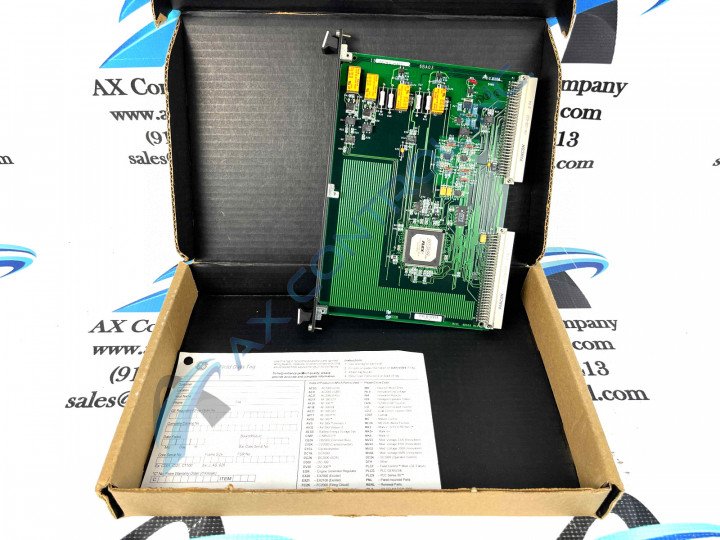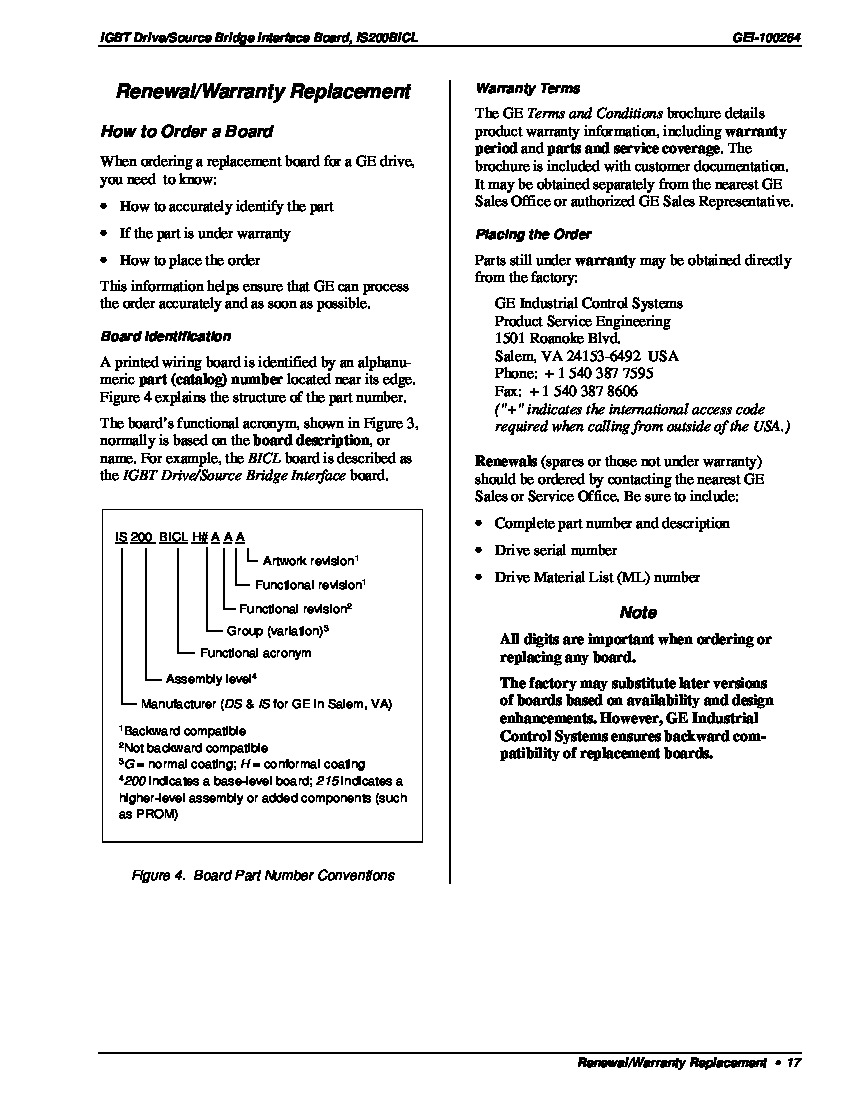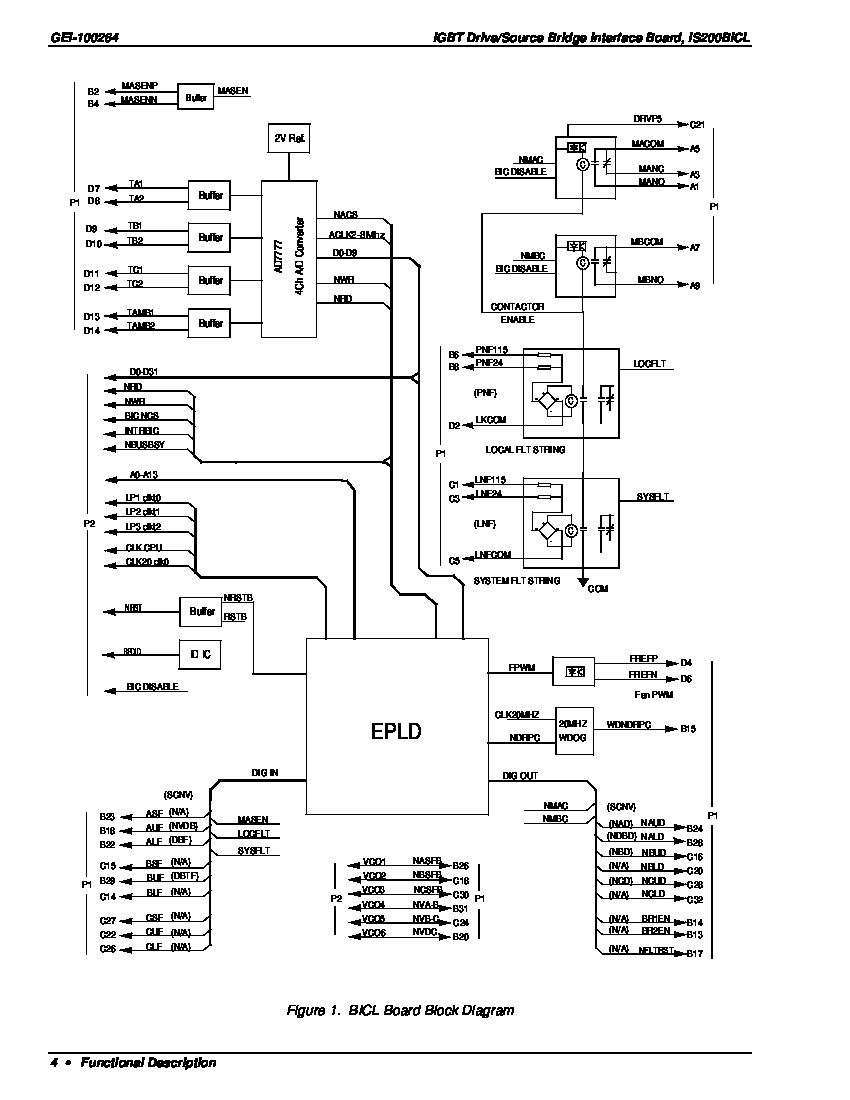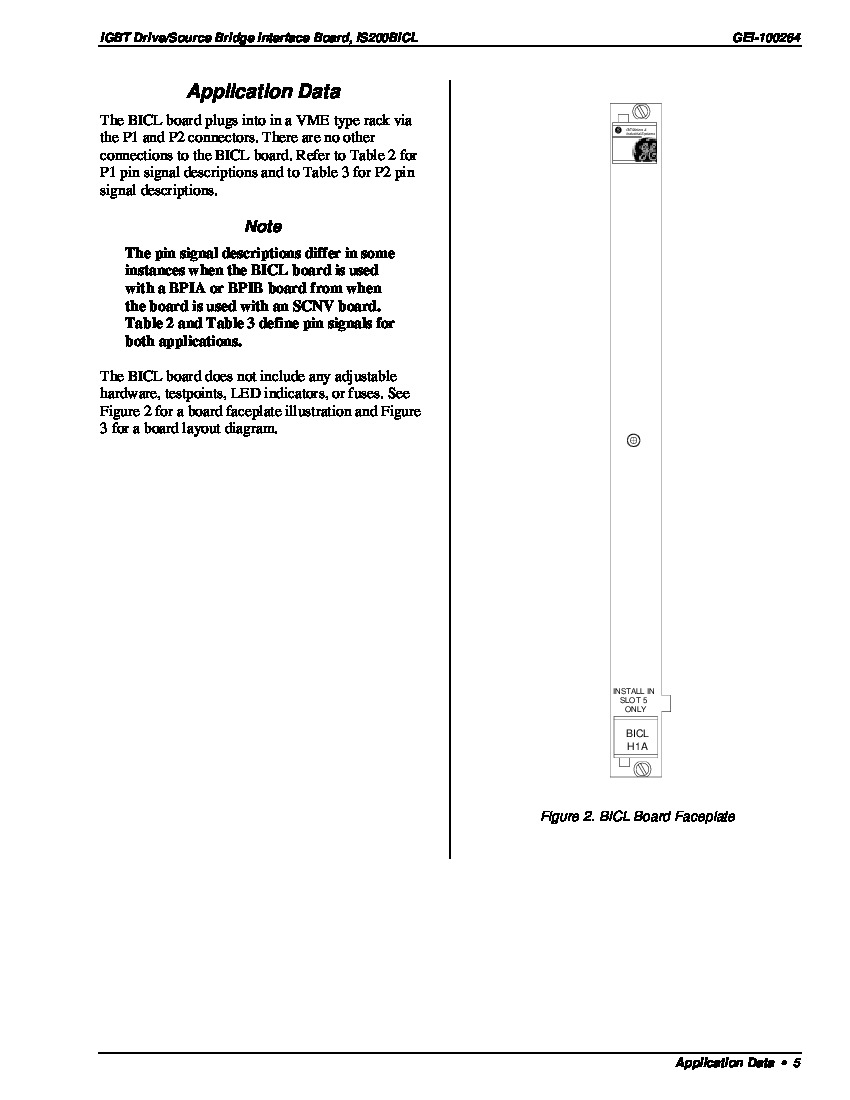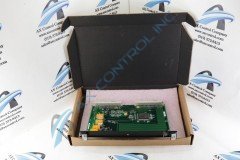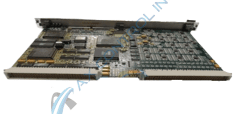About the IS200BICLH1A
The IS200BICLH1A is an IGBT Drive/Source Bridge Interface Board (BICL) created by GE for the Innovation Series. The purpose of the IS200BICLH1A is to play a go-between an Innovation Series Drive and the Bridge Personality Interface Boards (BPIA, BPIB, or SCNV), being a primary interface between them. This board has the ability to monitor ambient and bridge temperatures. It has an interface with a PWM speed control and a system fault display. This board also has:
- a 1024-bit serial memory
- a nearly blank faceplate
- a label that has “Install in Slot 5 Only” written on it
- two brackets on the faceplate
- 73 resistors
- 31 capacitors
- 3 diodes
- 15 integrated circuits
- 4 relays
- a metal oxide varistor
- 3 transistors
- two P1 and P2 pin connectors
IS200BICLH1A IGBT Drive/Source Bridge Interface Board Configurations
For more information about the IS200BICLH1A, please consult the datasheet GEI-100264. It is important to slide this board into the correct slot because if it is inserted into a different slot, the wrong connection can damage the board. Anti-static procedures should be followed while handling or trying to install this board. In terms of some of this IS200BICLH1A product's processing specifications, any control logic necessitated for the normative daily function of this IS200BICLH1A device is put into action through use of its sole electronically-programmable logic device or its EPLD. The main control board of this IS200BICLH1A product's greater Mark VI Series automated drive assembly pertains to the IS200BICLH1A PCB's EPLD device as is configured from the main central processing unit or CPU on this control board. Each one of this BICL-abbreviated configurations are described by a factory-printed nomenclature label beginning with a tag stating the Mark VI Series products they pertain to in an abbreviated form. The two configurations necessitated by this IS200BICLH1A device's EPLD are again described in the original instructional materials above as the:
- BICLEPLD configuration
- SCNVEPLD configuration



